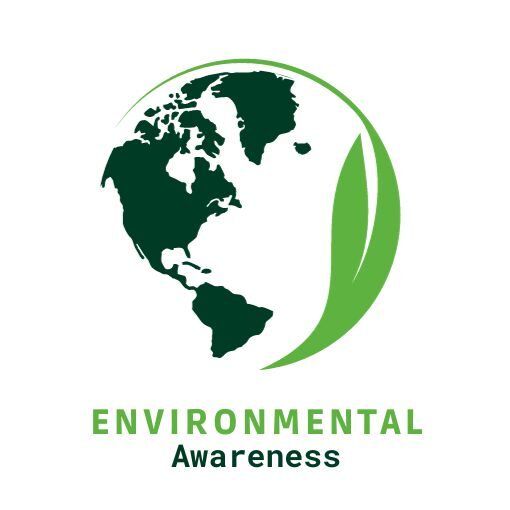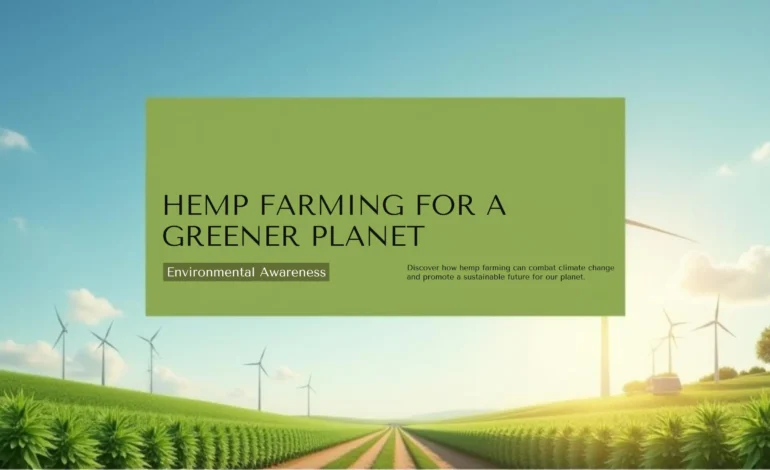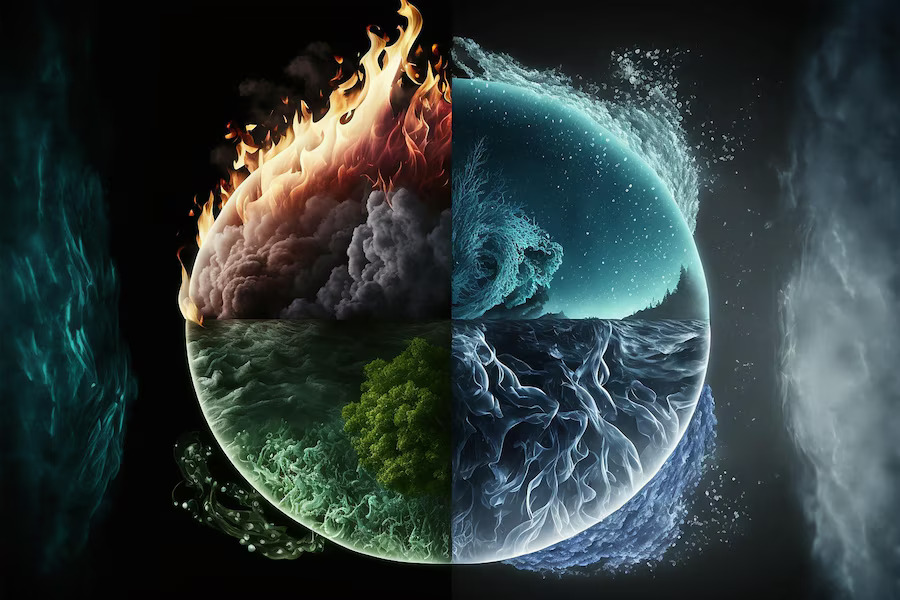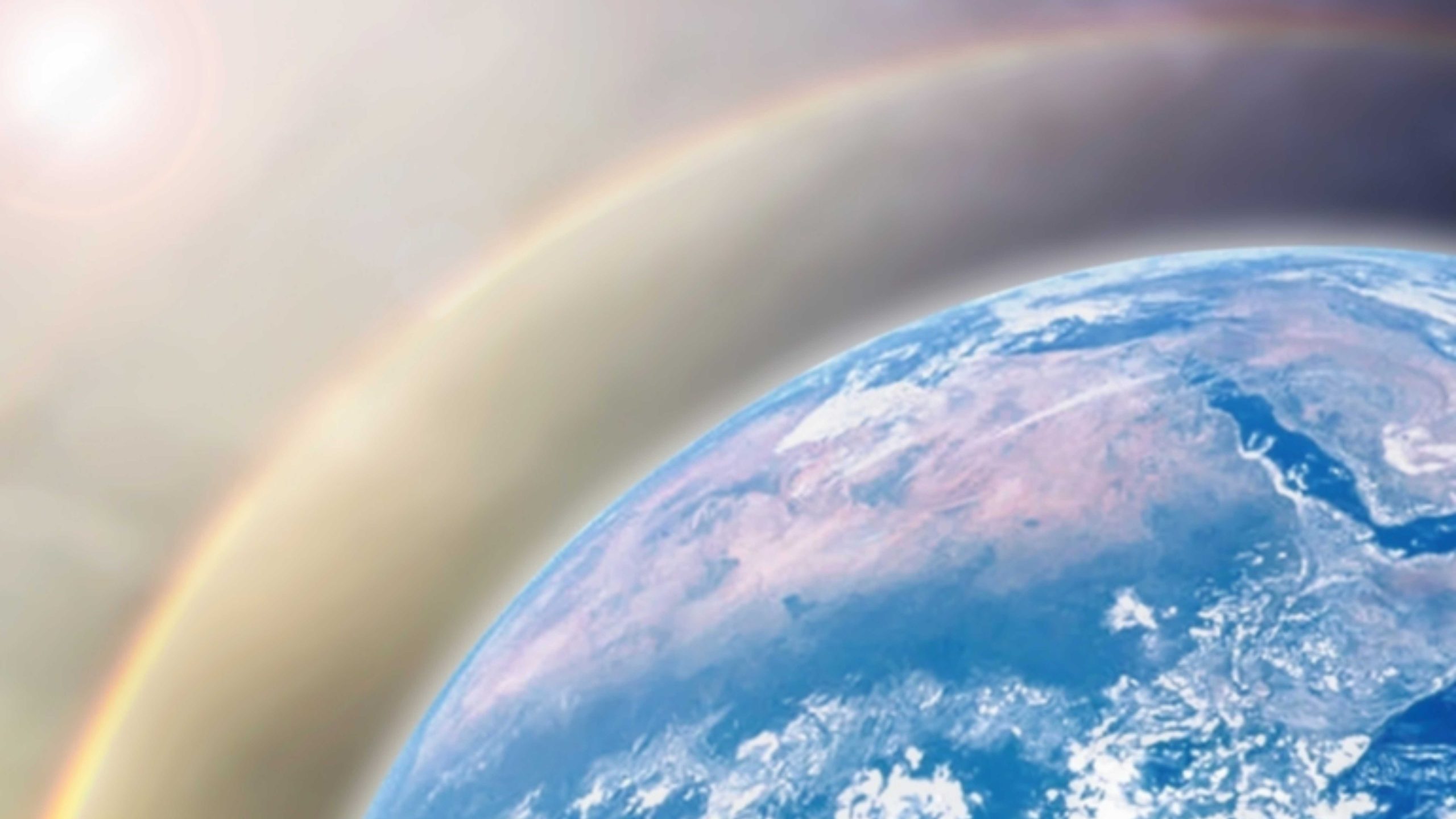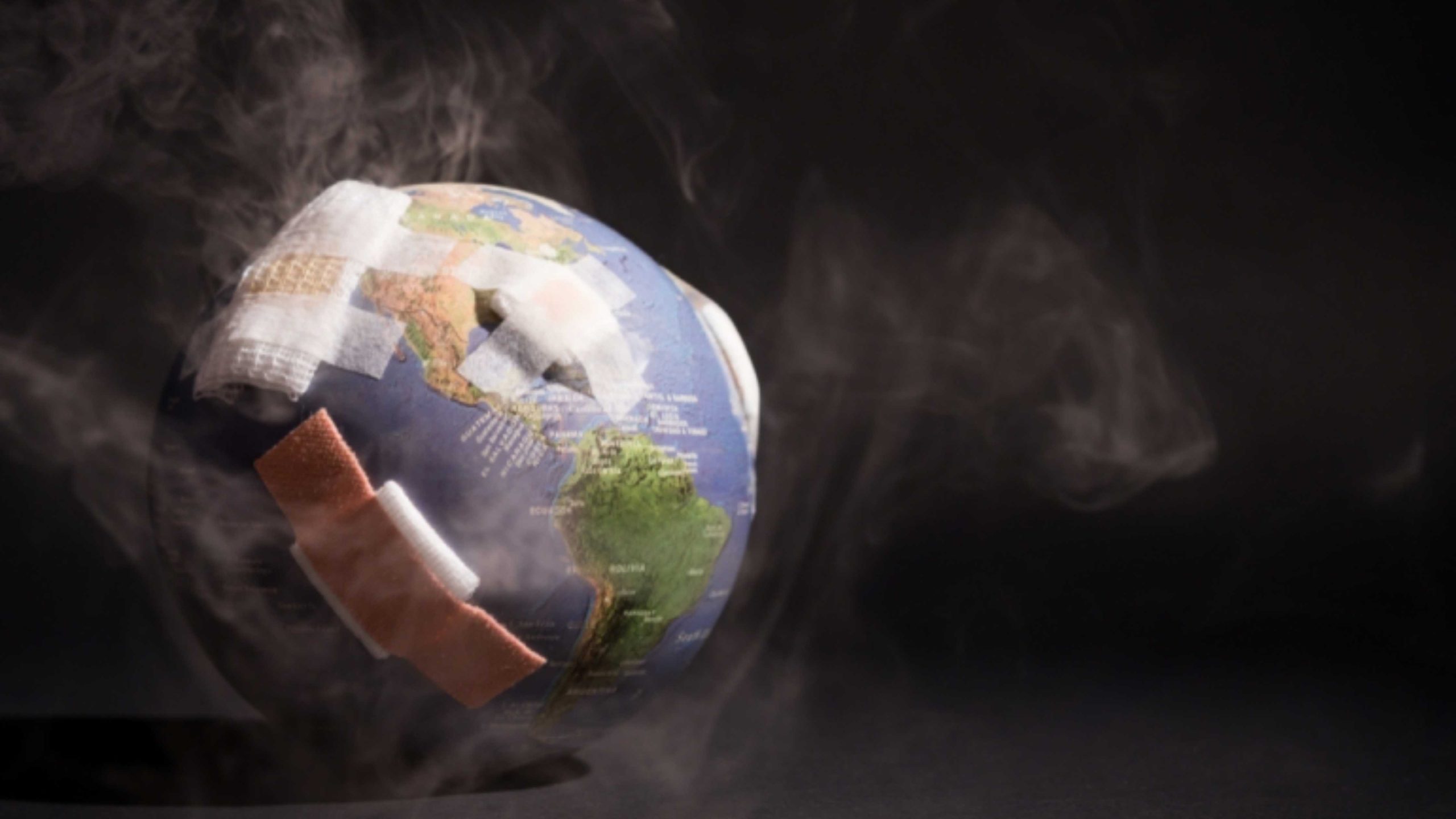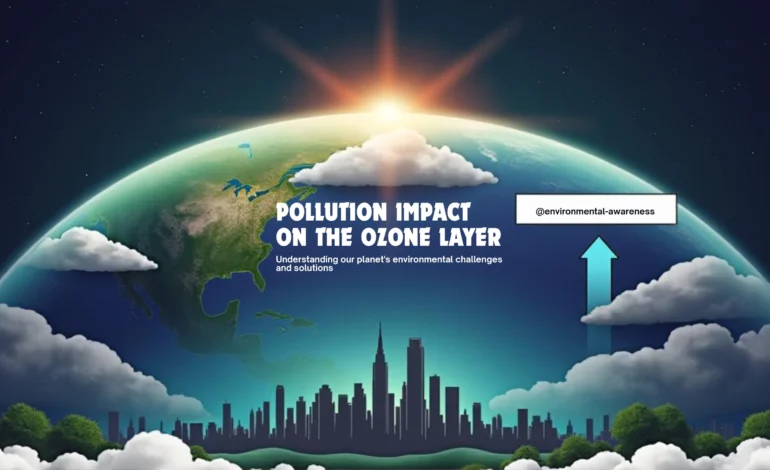
Pollution and Its Extreme Effect on Our Earth’s Ozone Layer
Pollution Impact on the Ozone Layer
Let’s discuss. What is the pollution impact on the Ozone layer. Pollution is a global issue, causing over 6.5 million deaths annually. It is an amalgamation of hazardous substances from human-made to natural resources, which pollution, smoke, road dust, industrial emissions, pollen, and chemicals. These pollutants create several health hazards for human health. These sources emit a large amount of pollution from a single location.
Natural sources of air pollution include wildfires and volcanoes. The effect of climate change on air quality varies by region. Climate change is expected to worsen the global climate, which can exacerbate the impact of automobiles, particularly in environments and densely populated areas. Smog is also more likely to occur during sunny and high temperatures, where the air is stagnant and pollutants are more concentrated over certain areas.
Ozone pollution can have severe implications on both the flora and fauna, which restricts plants’ ability to photosynthesize and reduces gas exchange.
Global warming is considered a significant problem caused by an increase in levels of certain gases in the atmosphere since the inception of the Industrial Revolution. Rising temperatures in Indian cities have raised the level of surface ozone pollution, which carries a serious risk to human and crop health. Surface ozone is formed through the reaction of gases activated by sunlight. High surface ozone also has a detrimental impact on crop health. Wheat and rice are particularly sensitive to ozone.
CAUSES OF OZONE DEPLETION:
The ozone layer is situated in the stratosphere about 9 to 18 miles above Earth’s surface, protecting life on Earth from the sun’s harmful rays. The ozone layer damage is the consequence of human activity, specifically with the realise of ODS ( Ozone depleting substances), ODC in the atmosphere.
ODS include CFCs, hydrochlorofluorocarbons, methyl chloroform; individual contributions in reducing the ODC and minimizing vehicle emissions can prevent the ozone layer.
The Montreal Protocol on substances that deplete the ozone layer is a pivotal multilateral environmental agreement that aims at curbing the production and consumption of these ODS.
Although natural phenomena may cause temporary ozone loss, the release of chlorine and bromine from synthetic compounds is widely recognised as the principal cause of long-term depletion of stratospheric ozone across the globe.
Rocket launches are a major reason for ozone layer depletion. It is a major factor that may lead to ozone layer depletion more than CFCs
HOW TO PROTECT THE OZONE LAYER?
Ozone is a molecule composed of 3 oxygen atoms, and it is present in the gaseous state in the atmosphere, which is specifically located and extended throughout the stratosphere. Its molecule acts as a protective the living being from the solar radiation.
- One should avoid the consumption of dangerous gases which are harmful for the ozone layer, like as CFCs, halogenated hydrocarbons, methyl bromide, and nitrous oxide.
- Minimize the use of vehicles, use fewer cars, buses, and other vehicles.
- Follow various regulations of the protocols made specifically for the conservation of the ozone layer.
- Maintain air conditioners, use fewer air conditioners to maintain of pollution-free atmosphere.
- Doing eco-friendly agricultural practices. As it emits greenhouse gases emission which conversely affect the earth’s atmosphere.
- Do not purchase aerosol products and CFCs. They have been banned or reduced in many applications.
CONCLUSION
Pollution impact on the Ozone layer is vast. The atmosphere of the Earth is composed of several strata. The ozone layer, also called the ozone shield, upper region of Earth’s surface where the concentration of ozone molecules. 90 percent of atmospheric ozone is found in the stratosphere.
Due to the ozone layer’s absorption of the solar radiation, the stratosphere’s atmospheric temperature increases. The solar radiation prevents solar radiation including UV and other forms of radiation that affect the majority of living organisms. Ozone-depleting substances are man-made gases that destroy the ozone layer. The ozone layer is the upper atmosphere and cuts down the amount of UV radiation from the sun that reflects and reaches the Earth’s surface. The UV rays can be detrimental to both people and the environment.
